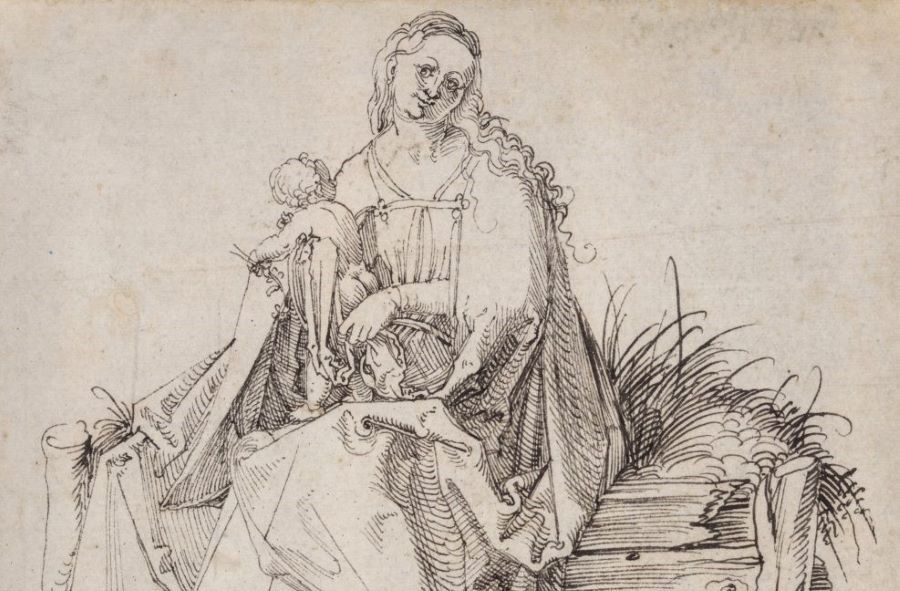A lucky Massachusetts man made one hell of a score when he attended a routine estate sale four years ago, where a small drawing of a woman and child caught his eye. At the bottom was one of art history’s most recognizable monograms: “A.D.”
He claims he paid $30 for the drawing . While the man, and the seller were aware of the artists signature at the bottom which belonged to one of the art world’s most well-known Albrecht Dürer’s “A.D.” neither the buyer or the seller believed it was a genuine work by the German Renaissance artist. At the very least, it was “a wonderfully rendered piece of old art, which justified purchasing it,” he said.
After further review it turns out the drawing could be worth upwards of $50 million. At least that’s what Agnews Gallery in London is asking for the piece, believing that the “A.D.” behind the artwork is really German Renaissance master Albrecht Dürer.
After many attempts to get the signature verified, it was brought to a local Boston collector Clifford Schorer,who was the first to take a serious look at it. Schorer brought the drawing to Agnews—where he’s a shareholder—who in turn took it to Metzger and other experts. A paper restorer, for instance, confirmed the age of the material, and located Dürer’s signature Trident and Ring watermark.
After careful study, multiple scholars say that the delicate ink sketch is an authentic Dürer drawing that could be worth upward of $50 million. It’s also an art historical rarity: Per the Art Newspaper, the sketch—likely a preparatory work for a circa 1506 painting—is the first “totally unknown” drawing by the artist to resurface since the 1970s.
An architect who lived outside of Boston had inherited the drawing as a family heirloom, and it was likely purchased in Paris by his grandfather in 1919. The architect died in 2012.
The gallery has not set a specific price for the piece, called The Virgin and Child with a Flower on a Grassy Bank, according to the Art Newspaper, but Schorer suspects it could go for as much as $50 million.
A Massachusetts man bought a drawing for $30 at an estate sale. It may be an authentic Dürer worth $50 million: https://t.co/gjGNUCFx2B pic.twitter.com/aP6HqmtUyn
— Artnet (@artnet) November 22, 2021

